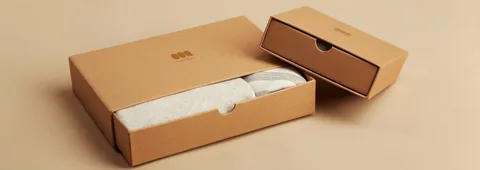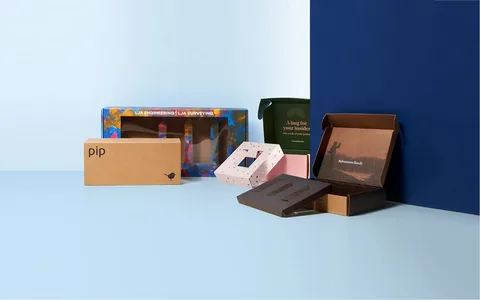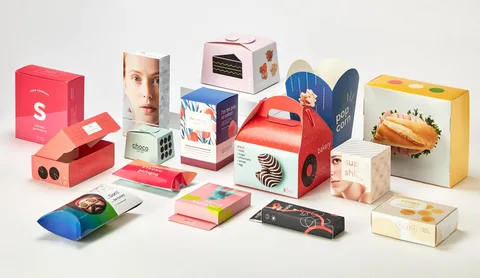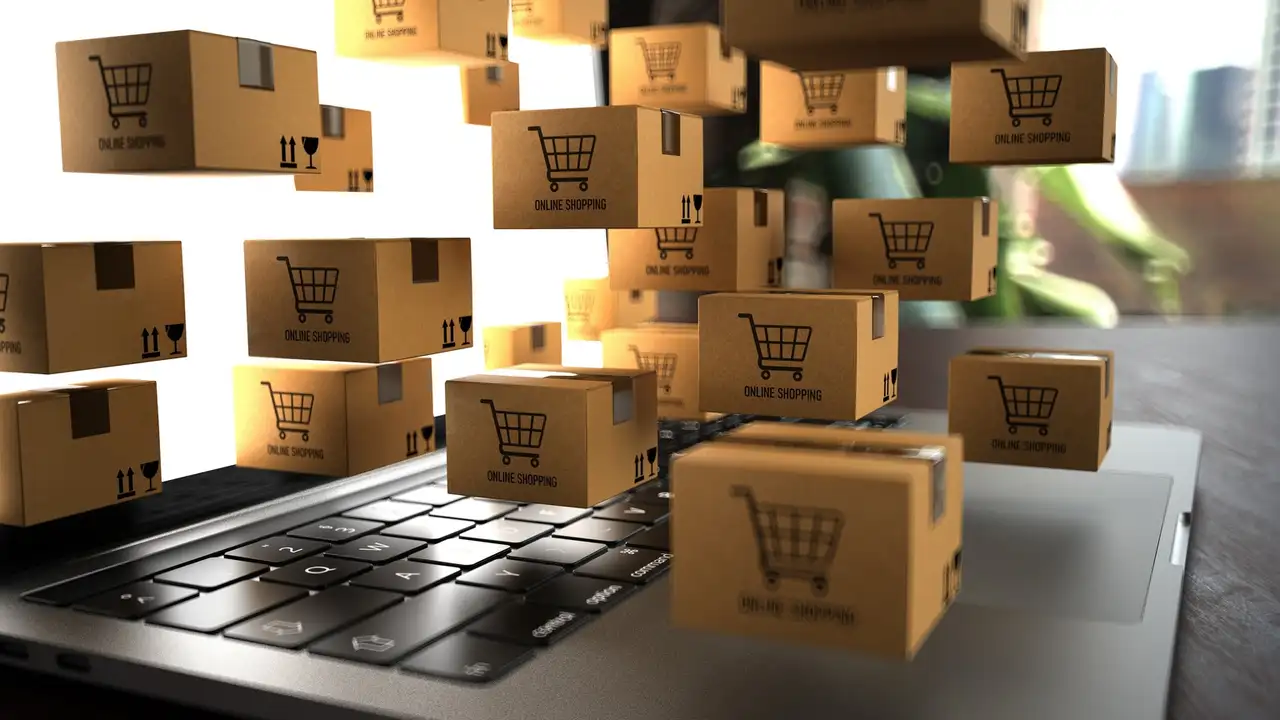In the digital age, the unboxing experience has become a pivotal moment in the customer journey. With platforms like TikTok, Instagram, and YouTube showcasing millions of unboxing videos, brands have a unique opportunity to turn this moment into a viral marketing tool. But how can businesses ensure their packaging stands out and encourages customers to share their experiences? Here’s a comprehensive guide to creating packaging that not only delights but also drives social media buzz.
Design Packaging That Captures Attention
The first step in creating a viral unboxing experience is designing packaging that grabs attention. Bold colors, unique shapes, and high-quality materials can make your product stand out in a sea of deliveries. Incorporate elements that reflect your brand’s personality and values. For instance, minimalist designs with sleek finishes can convey a sense of luxury, while vibrant patterns can appeal to a younger, trend-conscious audience.
Incorporate Interactive Elements
Interactive packaging elements can significantly enhance the unboxing experience. Features like pull tabs, hidden compartments, or fold-out sections can surprise and engage customers. Additionally, integrating technology such as QR codes that lead to exclusive content or augmented reality experiences can further captivate your audience. These interactive touches not only delight customers but also encourage them to share their experiences online.
Personalize the Unboxing Experience
Personalization adds a human touch to your packaging, making customers feel valued. Including handwritten notes, custom messages, or addressing customers by name can create a memorable experience. Personalized packaging resonates emotionally with consumers, increasing the likelihood of them sharing their unboxing moments on social media platforms.
Utilize Sustainable and Eco-Friendly Materials
Modern consumers are increasingly conscious of environmental issues. Using sustainable and eco-friendly materials in your packaging not only appeals to this demographic but also positions your brand as responsible and forward-thinking. Materials like recycled cardboard, biodegradable wraps, and soy-based inks can reduce your environmental footprint and attract eco-conscious customers.
Create a Multi-Layered Unboxing Journey
A multi-layered unboxing experience builds anticipation and excitement. Start with an outer box that piques curiosity, followed by inner packaging that reveals the product in stages. Use tissue paper, custom inserts, or branded stickers to enhance the experience. This layered approach keeps customers engaged and encourages them to document and share each step of the unboxing process.
Encourage Social Media Sharing
To amplify the reach of your unboxing experience, encourage customers to share their moments on social media. Include calls to action in your packaging, such as hashtags or prompts to tag your brand. Offering incentives like discounts or entry into giveaways can motivate customers to post their unboxing videos or photos, increasing your brand’s visibility and engagement.
Leverage User-Generated Content
User-generated content (UGC) is a powerful marketing tool. By encouraging customers to share their unboxing experiences, you can gather authentic content that showcases your product in real-life settings. Reposting UGC on your brand’s social media channels not only builds community but also serves as social proof, influencing potential customers’ purchasing decisions.
Collaborate with Influencers
Partnering with influencers can significantly boost the visibility of your packaging. Influencers have dedicated followings that trust their opinions. By sending them your product with unique packaging, you can tap into their audience and generate buzz. Ensure that the packaging aligns with the influencer’s brand and resonates with their audience for maximum impact.
Monitor and Analyze Engagement
After launching your packaging, it’s crucial to monitor and analyze engagement metrics. Track the number of shares, likes, and comments on social media platforms to gauge the success of your unboxing experience. Use this data to refine future packaging strategies and understand what resonates most with your audience.
Consistently Innovate and Evolve
The digital landscape is ever-changing, and so are consumer preferences. To maintain interest and excitement around your brand, consistently innovate your packaging. Introduce limited-edition designs, seasonal themes, or collaborations that keep the unboxing experience fresh and engaging. Staying ahead of trends ensures that your packaging continues to captivate and delight customers.
Conclusion
Creating a viral unboxing experience goes beyond just packaging; it’s about crafting a moment that resonates with customers and encourages them to share their excitement with their networks. By focusing on design, interactivity, personalization, sustainability, and social engagement, brands can transform the unboxing process into a powerful marketing tool. In a world where word-of-mouth and social media influence purchasing decisions, an unforgettable unboxing experience can set your brand apart and drive success.




